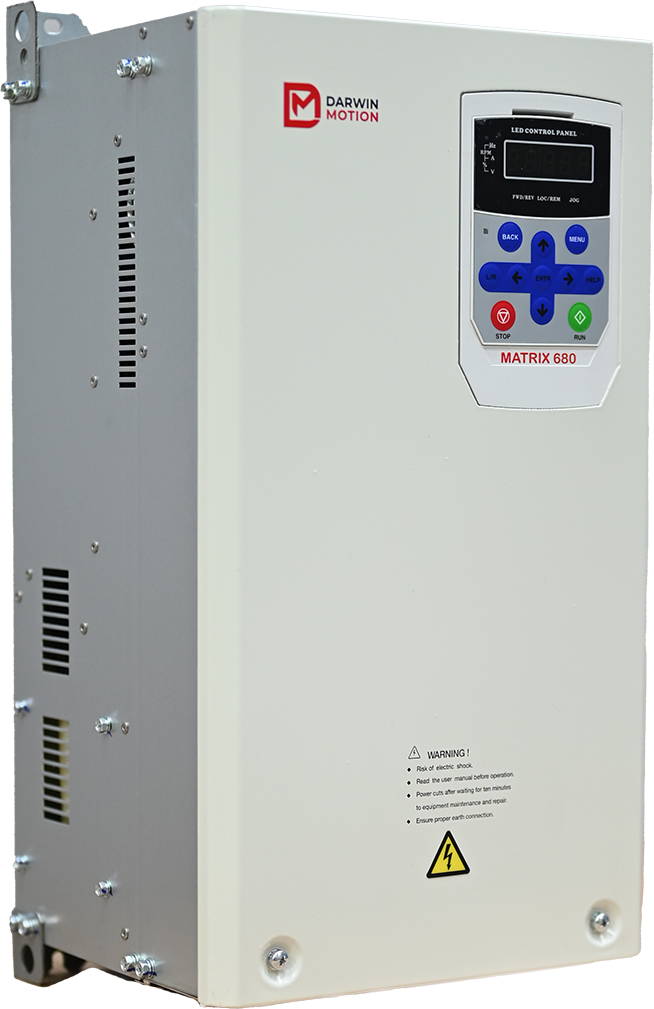Posted on 28th Mar 2025

Variable Frequency Drives (VFDs) play a crucial role in optimizing the performance of Air Handling Units (AHUs). By controlling the speed of fan motors, VFDs help enhance energy efficiency, reduce wear and tear, and improve overall system performance. These drives are widely used in HVAC systems to adjust airflow based on demand, leading to significant cost savings and environmental benefits.
VFDs regulate the speed of electric motors by varying the frequency and voltage of the power supply. In AHUs, fans are responsible for circulating air throughout a building. Traditionally, these fans operated at a constant speed, even when full airflow was not required. By using Variable Frequency Drives for AHU, the fan speed can be adjusted according to real-time demand, reducing energy consumption and improving system efficiency.
Energy Savings: VFDs reduce energy consumption by adjusting fan speed to match the required airflow. This leads to lower electricity bills and more efficient HVAC operation.
Enhanced Comfort: By precisely controlling air circulation, VFDs help maintain consistent indoor temperatures and improve overall occupant comfort.
Reduced Mechanical Wear: Soft-starting capabilities of VFDs minimize mechanical stress on motors, prolonging their lifespan and reducing maintenance costs.
Lower Noise Levels: Operating fans at lower speeds decreases noise levels, making HVAC systems quieter and more comfortable for occupants.
Integration with Building Automation Systems (BAS): Many VFDs can be integrated into BAS, enabling automated control and monitoring for optimized performance.
Commercial Buildings: Offices, malls, and hotels use VFDs to optimize HVAC efficiency and maintain air quality.
Industrial Facilities: Factories and warehouses implement VFDs to manage airflow based on operational needs.
Hospitals and Laboratories: Precise airflow control is essential for maintaining sterile environments and ensuring proper ventilation.
Educational Institutions: Schools and universities use VFDs to balance energy efficiency and indoor air quality in large facilities.
When choosing a VFD for AHUs, consider the following factors:
Motor Compatibility: Ensure the VFD matches the motor’s voltage, power rating, and operational requirements.
Control Features: Look for VFDs with programmable settings, remote monitoring, and fault diagnostics.
Environmental Conditions: Consider the temperature, humidity, and dust levels in the installation area.
Harmonics and Power Quality: Some VFDs may introduce harmonics into the electrical system; using filters can help mitigate these issues.
Ease of Installation and Maintenance: Choose a VFD that is simple to install and maintain for long-term reliability.
Darwin Motion Variable Frequency Drives are an essential component in modern AHU systems, providing energy savings, enhanced control, and improved equipment longevity. By selecting the right VFD and integrating it with building automation systems, facility managers can optimize HVAC performance, reduce costs, and create a more comfortable indoor environment.